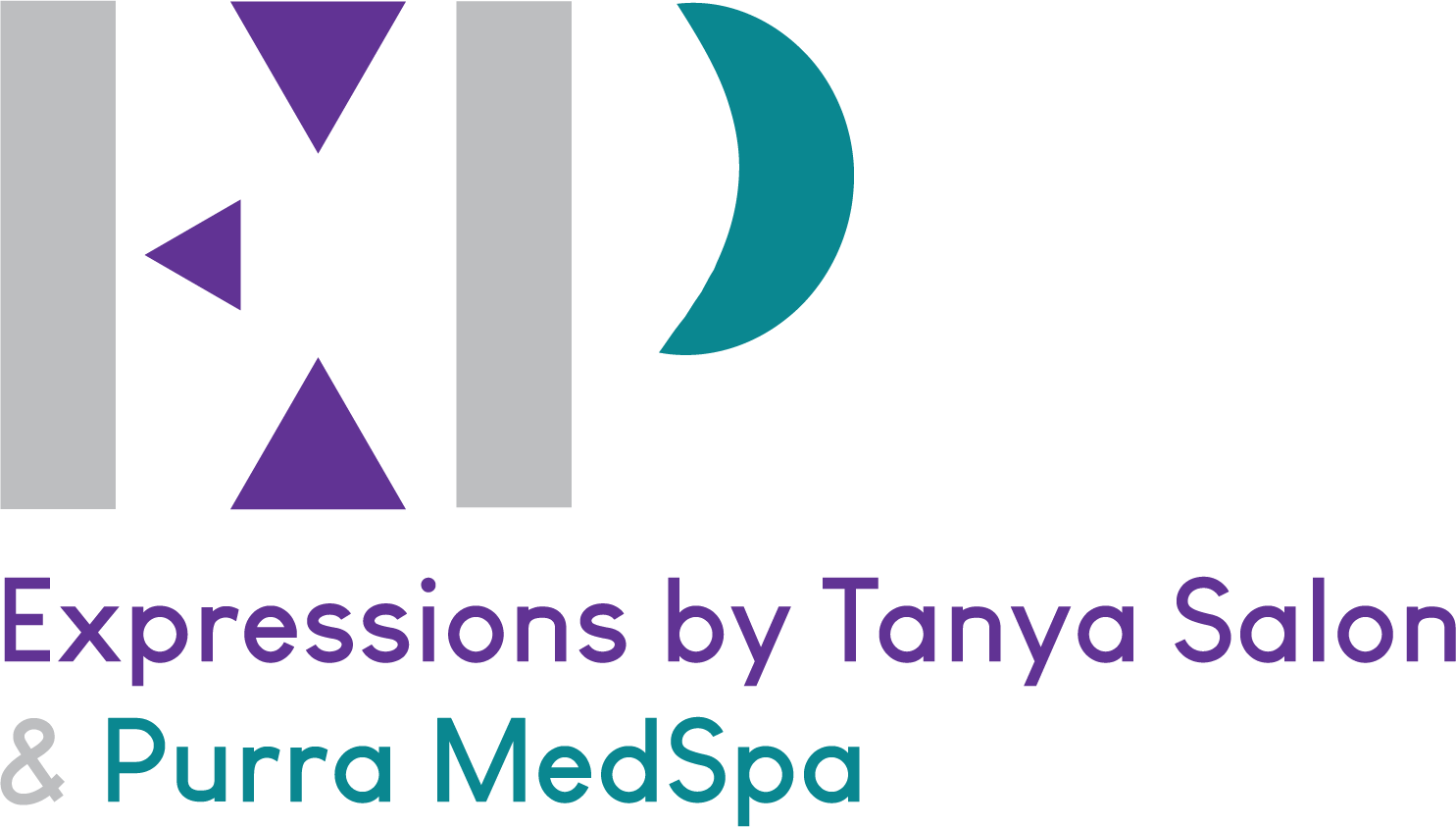Dermal Filler
Dermal filler is injected under the skin with a very fine needle in order to smooth out folds, wrinkles, and add volume to the face. Many facial features lose their fullness due to aging, sun exposure, illness, etc. Facial rejuvenation through use of filler an be carried out with minimal downtime and immediate results.
Most common areas to treat with dermal filler are:
lips, nasolabial folds, cheeks, chin, undereyes, and jawline
not everyone will be a candidate for these areas. A consultation is recommended if you have never had a filler treatment before.
Treatment time takes about 20 - 30 minutes (after about 20 minutes of topical numbing). Filler treatment typically lasts up to 12 months.
Most filler does contain lidocaine, a medication used to numb the area to decrease pain and reduct discomfort associated with the treatment.
Dermal filler is dissolvable. This is a procedure that must be scheduled.
Used in patients over the age of 21.
-
Dermal Filler is charged by syringe. Each syringe contains 1mL of filler (or 1/5th teaspoon). For most treatment areas, more than one syringe of filler will be necessary. Please book a consultation to discuss possible packages offered for multiple syringes.
-
Restylane®
Restylane Filler, part of Galderma Aesthetics, hold a large portfolio of filler for specific needs
offers the broadest line of hyaluronic acid (HA) dermal fillers in the U.S and is the only line of filler with products FDA approved for both the face & hands
more than 20 years worldwide
Juvederm®
Juvederm Filler, part of Allergan Aesthetics, hold a large portfolio of filler for specific needs
the first HA dermal filler FDA approval for facial wrinkles and folds
RHA Collection
The RHA collection, part of Revance Aesthetics, are Hyaluronic Acid dermal fillers. They represent the most advanced technique in HA technology in more than a decade.
Known to last up to 15 months.
-
Commonly observed side effects are:
swelling, redness, pain
bruising
headache
tenderness, lump formation, itching at injection site
these are typically mild in severity and resolve in less than 14 days.
Serious, but rare side effects include:
delayed onset infections
reoccurrence of herpetic eruptions
superficial necrosis at the injection site
One of the biggest risks of using this product is unintentional injection into a blood vessel. The chances of this happening are very small, but if it does happen, the complications can be serious and may be permanent. These complications, which have been reported for facial injections, can include:
vision abnormalities
blindness
stroke
temporary scabs
permanent scarring of the skin
With all skin injection procedures, there is a risk of infection.
-
severe allergies with a history of severe reactions to any components of filler products
you are allergic to lidocaine or to any gram-positive bacterial proteins used to make hyaluronic acid
you are prone to bleeding or have a bleeding disorder
if you are pregnant, breastfeeding, or planning to become preganant
history or scars or pigmentation disorders as side effects can occur with hyaluronic acid
recent laster treatments or chemical peel, as there is a possible risk of inflammation at the treatment site or if you plan to get them done soon after
experience skin injury near the sites are at increased risk for side effects
-
The following are multiple different ways to prevent as much bruising as possible. Even if all of these are followed, bruising is always a risk and swelling will happen. We want to ensure you have the best possible outcome with as little down-time as possible. Please prepare accordingly & reach out if you have any questions!
One week prior to injections:
Avoid blood-thinning over-the-counter meds such as advil, aspirin, motrin, ibuprofen, and aleve
Avoid supplements such as St. John’s Wort, Ginkgo Biloba, primrose oil, garlic, gensig, and vitamin E
Two days prior to injections:
Avoid topical products such as Tretinoin (Retin-A), Retinol, Retinoids, Glycolic Acid, or any “anti-aging” products.
Avoid waxing, bleaching, tweezing, or using hair removal cream on the area to be treated.
24 Hours before injections:
Avoid alcoholic beverages
Try to avoid caffeine as well if possible, at least on the day of
-
To prepare for after your procedure:
Have an ice-pack ready. One will be provided at your appointment, but it is smart to have a few ready in your freezer at home to keep using after your appointment.
Avoid itching, massaging, and picking around the injection sites. Itching can occur for a few days post injections.
Until swelling and redness have resolved, avoid intense heat in treated areas - such as tanning, saunas, hot tubs, or hot wax
Antihistamines can be used to alleviate swelling such as Zyrtec, Claritin, or Benadryl
Avoid drinking alcohol for a few days
Avoid strenuous exercise for 24-48 hours
If you notice a visible bump, those can be massaged out. After the swelling has resolved, a heat compress such as a warm washcloth can be used while trying to smooth out a bump. Not recommended until post procedure day 2-3.
All firm areas or areas with bumps should resolve by the end of the intended post-treatment care time (1-2 weeks). If you still have concerns after this time, please contact our team so we can evaluate.
Sunscreen & Make-up can be applied but be aware of the small open wounds on your face from injections and try to keep them as clean as possible to prevent infection.
Use a gentle cleanser on treated areas.





